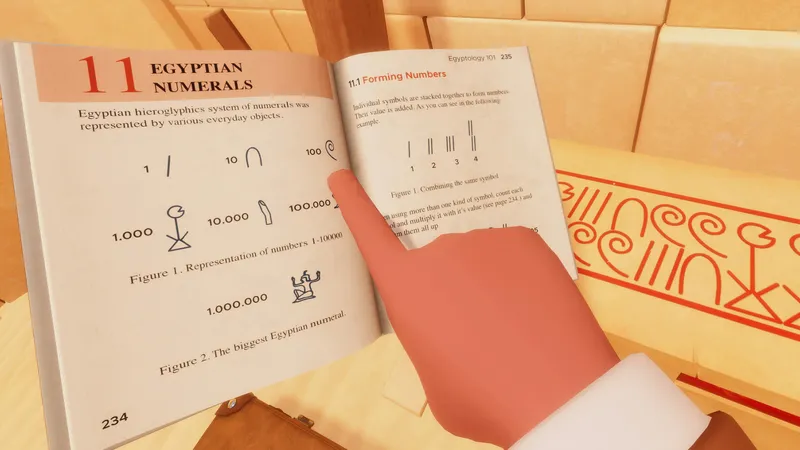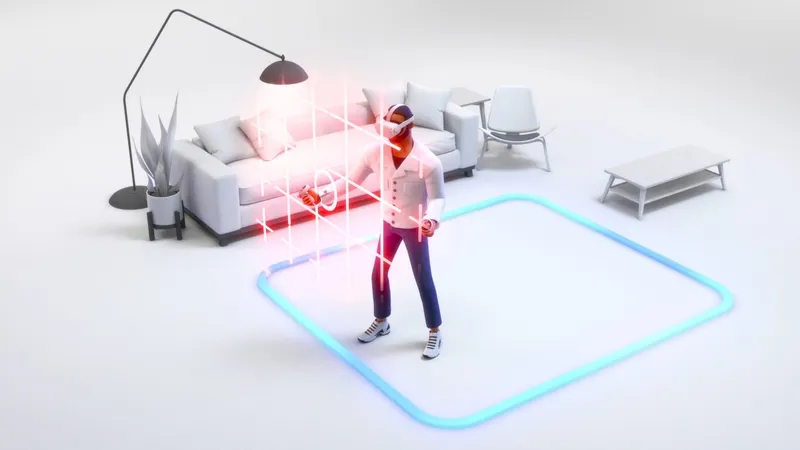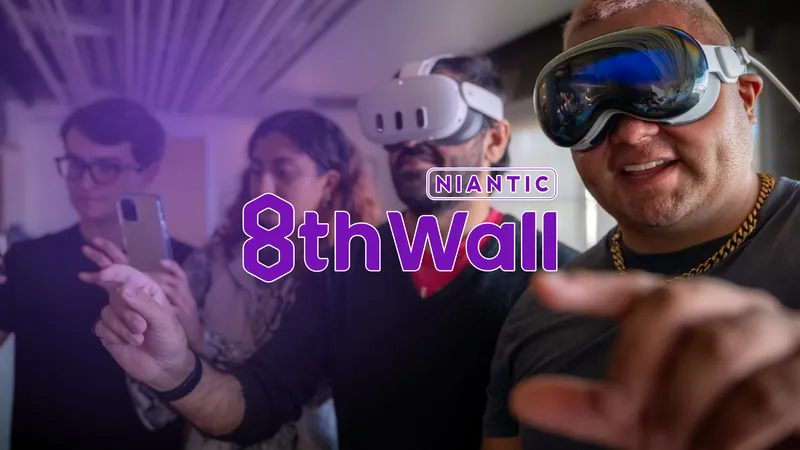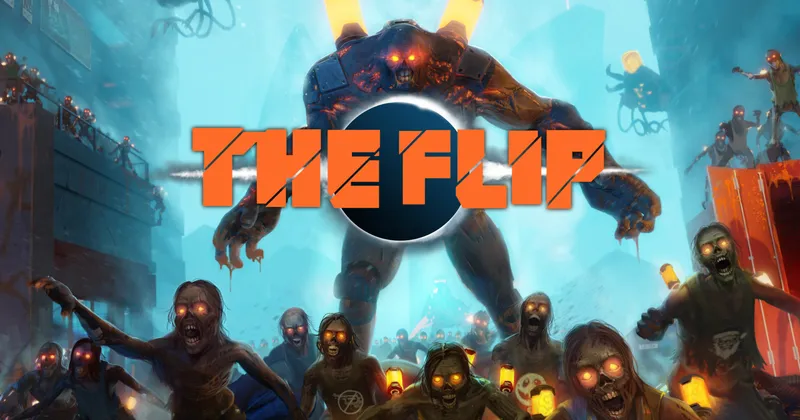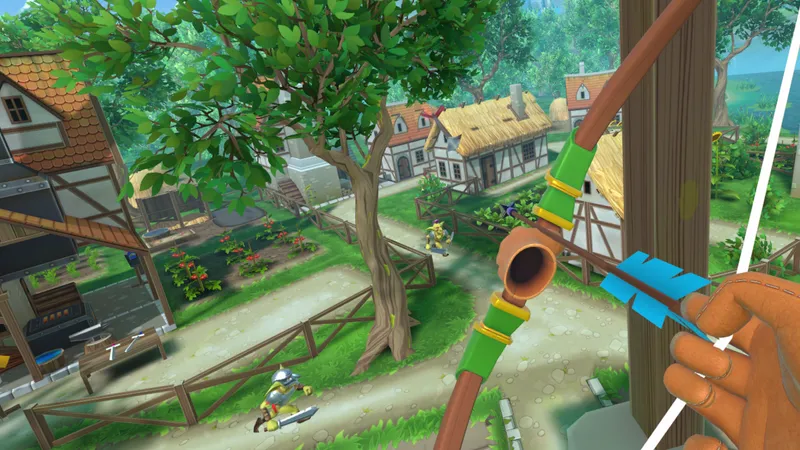Bob Murphy was born without three fingers. The pinky, ring and middle digits on his right hand end around the first knuckle. Murphy is the owner of an Oculus Rift virtual reality headset and he recently obtained the Oculus Touch hand controller system as well. According to Murphy, he acquired Touch “with the sole purpose to see what it’s like to have ten fingers.”
With Touch, the Rift represents your hands as ghostly floating 3D approximations. You can make a fist, do a thumbs up, and point using the controller’s capacitive sensors.
“My brain…only understands having one full hand and one less than full hand,” Murphy explained in an interview with UploadVR. “But when you have an experience that makes your hands actually look like hands, that’s what triggered me.”
Murphy says he’s not entirely sure which experience exactly he was using when the first sensations were achieved, he just remembers how it felt.
“It wasn’t something I expected to happen and my brain kind of internalized it the whole time. My brain kept trying to figure out what was up and I started feeling what can only be described as tingling sensations from parts of my fingers that I’ve never had,” he said.
The closest approximation Murphy could come up with for the feelings he was getting with Touch was the phantom limb sensation that amputees sometimes report. However, in Murphy’s case he never had these sensations to begin with.
We reached out to Dr. Arshya Vahabzadeh, a physician and former psychiatry instructor at Harvard Medical School. Vahabzadeh is working at a VR/AR startup called brainpower that studies the way our brains can be influenced and our lives improved using immersive technology.
According to Dr. Vahabzadeh:
We know that people who are born with missing limbs may experience a range of phantom limb sensations. This may suggest that representations of our limbs may be hard-wired into our brains. It has been suggested that in individuals who are born with missing limbs, feelings of phantom movements may be modulated by parts of their brain that deal with sight.
We do know that our brains are very neuroplastic, meaning they are able to reorganize in response to experiences. Virtual reality is already being used to help people with amputations who are experiencing phantom limb pain. While the research literature is limited, virtual reality may very well be able to modulate a range of other phantom limb sensations.
More cases like Murphy’s could one day prove out these ideas. For now, Murphy is excited to keep experimenting with different experiences and feeling something he never thought was possible.



